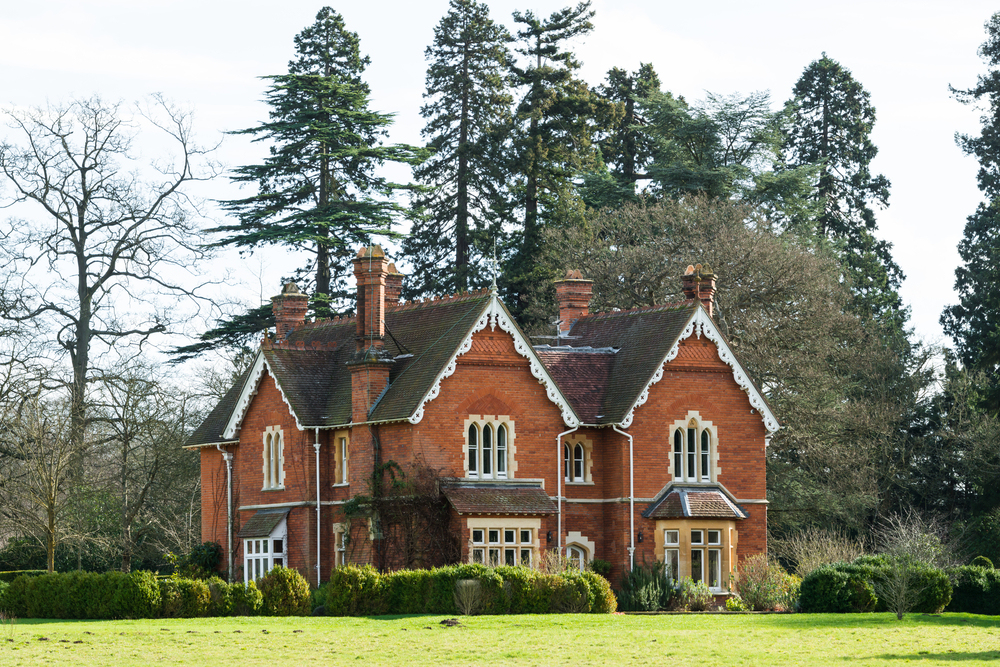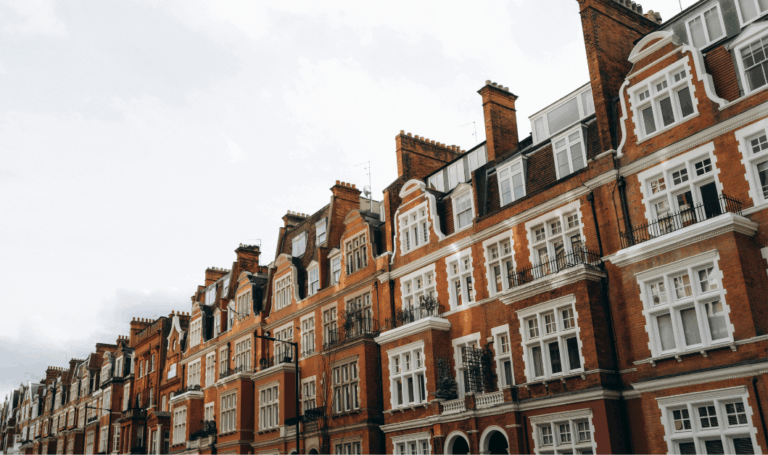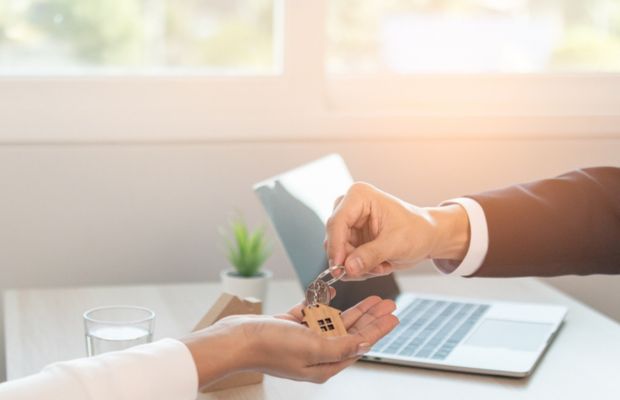Period properties are in high demand – and none more so than classic Victorian homes.
But how can you tell if a property is Victorian, where are the best places to find Victorian homes and how should you style one?
We’ve got all the answers in our ultimate guide to buying a Victorian house…
What is a period property?
Although all properties date from a certain ‘period’, it’s those built before World War I that are usually referred to as period properties.
So, period properties include properties built in:
- The Elizabethan era (1558-1603)
- The Georgian era (1714-1830)
- The Regency era (1811-1820)
- The Victorian era (1830-1901)
- The Edwardian era (1901-1910)
What age is a Victorian house?
The Victorian era lasted from 1830 to 1901 – the time Queen Victoria sat on the throne, so most properties built during this time are classed as Victorian homes.
However, there was an overlap with the Georgian and Regency periods, where many homes in these styles continued to be built alongside what people today would consider a true Victorian home.
Britain had a vast influx of wealth brought on by the Industrial Revolution, so early Victorian houses are often the most extravagant of the era.
Homes built in the latter stages of Queen Victoria’s reign tended to be smaller, with population growth increasing the need for more housing – particularly for those in the working classes.
What makes a house Victorian?
A Victorian house is any home built during the reign of Queen Victoria (1830-1901).
However, ‘Victorian’ architecture wasn’t widely seen until the mid 1800s.
Victorian houses built after Georgian and Regency styles faded in popularity during the mid-1800s were more heavily influenced by gothic styles.
Many early to mid-Victorian houses are tall and thin, with rooms allocated for servants either on top floors or in basements.
As the need for servants dwindled in the late 1800s and early 1900s, Victorian properties started to merge into what would become Edwardian homes from 1901 to 1910.
These properties were wider and shorter, with grander entrance halls and more space.
How do you know if a house is Victorian?
Victorian architecture is highly identifiable, but does differ from the early, middle and end of the era.
Look out for:
- Bay windows and stained glass
- A steep, pointed roof
- Porches made from red brick
- A ‘thin’ footprint – often only the width of a single room with a narrow hallway
- Wooden floors
- Patterned tiles in hallways and on pathways
- Gothic-style fireplaces in every room
The best way to find out definitively if a property dates from the Victorian era is to research its history.
Start in your local library, where county and parish records may exist of homes built in your area.
Your local council may also have planning permission records available to view, while local history societies often have a great knowledge of properties in the area.
Finally, ask your neighbours – it’s highly likely some of them may have undertaken the same research when buying their homes.
Do Victorian houses still exist?
Victorian properties were built to last – and there are huge numbers of them still standing gloriously across the UK.
During the 1960s and 1970s, Victorian homes went out of fashion, however, with buyers
removing period features like fireplaces, floor tiles, cornicing and ceiling roses ripped out and replaced.
However, the increased popularity of Victorian properties in more recent times has seen many of them lovingly restored by their owners, while they also remain in high demand with renters.
Where can I buy a Victorian house?
Most towns and cities in the UK will have Victorian properties, particularly those with strong rail links as the railway boom of the 1840s was sparked by increased wealth during Victorian times.
The standard of Victorian homes in the UK today does vary, but here are five places where you’ll find the best properties…
1. London
London is full of incredible Victorian properties and great examples can be found in:
2. Bath
While Bath is best known for its stunning Georgian properties built in yellow Cotswold stone, the city also offers buyers and renters some beautiful Victorian homes across the city.
3. Winchester
Affluent Winchester is packed with character and offers some of the best Victorian homes available south of London.
4. Liverpool
Liverpool grew rapidly in the Victorian era and is famed for its rows of red brick terraces. Larger Victorian homes are also available, alongside some classic Georgian homes. The Wirral is also a superb area for well-kept Victorian homes.
5. Leeds
Like many northern cities, Leeds experienced fast growth during the Industrial Revolution and many Victorian ‘back-to-back’-style homes were built alongside larger terraces in areas like Headingley and Kirkstall.
How to style a Victorian house interior
Victorian wealth led to many homeowners styling their properties in extravagant ways.
And as the popularity of period property has grown in more modern times, restoration of Victorian houses in the UK has become a labour of love for many homeowners.
Here are five things you can do to your Victorian home to make it shine…
1. Be brave with dark colours
Classic Victorian interiors embraced the dark side and the growth in Gothic styling.
So, don’t be afraid to go dark with your colour scheme, adding deep greens and plums to walls and furnishings, coupled with dark wood flooring and a black fire surround.
2. Dramatic cornicing
Ornate cornicing and ceiling roses were a staple of the Victorian era, but many features like this were removed by buyers in the 1960s and 1970s.
Present-day moulding companies can recreate the intricate designs used by the Victorians, however, and these are features that can make any Victorian property stand out.
3. Add or restore floor tiles
Flooring was another area of the home where Victorians made bold statements.
Patterned floor tiles were the norm in the mid 1800s but were often covered with carpets or wood flooring in the late 20th
century.
Pull back existing flooring to see what lies beneath, as original floor tiles may have been preserved.
If not, there are lots of modern options to choose from that reflect the bold styling of the Victorian era.
4. Fireplace features
It was common to see a fireplace in every room of a Victorian house, yet many of these features were removed and replaced by electric options by buyers in the late 20th century.
If yours is still in place, it can be restored with a lick of paint or polish and some new tiles on the surround.
If it’s not salvageable, fear not. Restored Victorian fireplaces are often up for sale on platforms like e-Bay, while many companies sell modern equivalents.
5. Mix the traditional with the modern
If you’re keeping bold Victorian features like fireplaces and decorative mouldings in place, don’t be afraid to add some more modern touches to complement those original delights.
Modern furnishings or printed wallpapers can bring your Victorian property right up to date, while also being sympathetic to its history.




